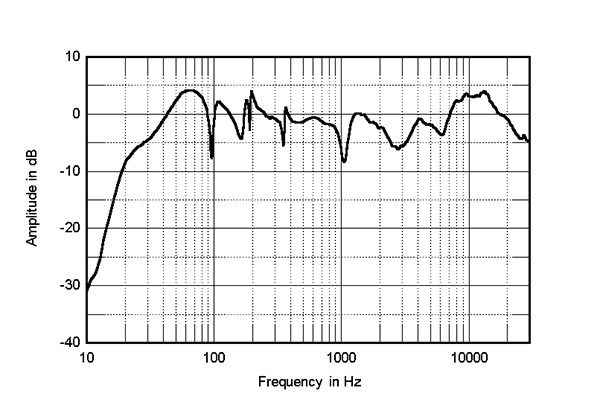@andy2 - That’s kind of a weird graph, I think the bass response is incorrect, it’s way too flat to be real.
On another note, I’m afraid I’m going to have to disagree with you. The two times I’ve heard those speakers I was completely unable to listen too them. They sounded much like the Triangles to me and painfully bright.
I know many Thiel lovers here will disagree with me, and that’s fine, I know I’m in the minority. I have to wonder if their charm isn’t at lower listening levels or if I made the mistake of listening with too much toe-in?


